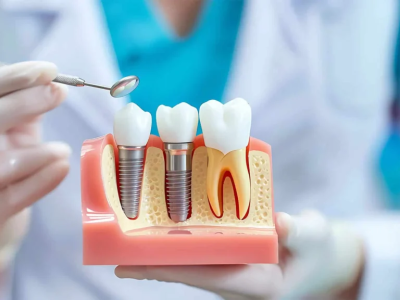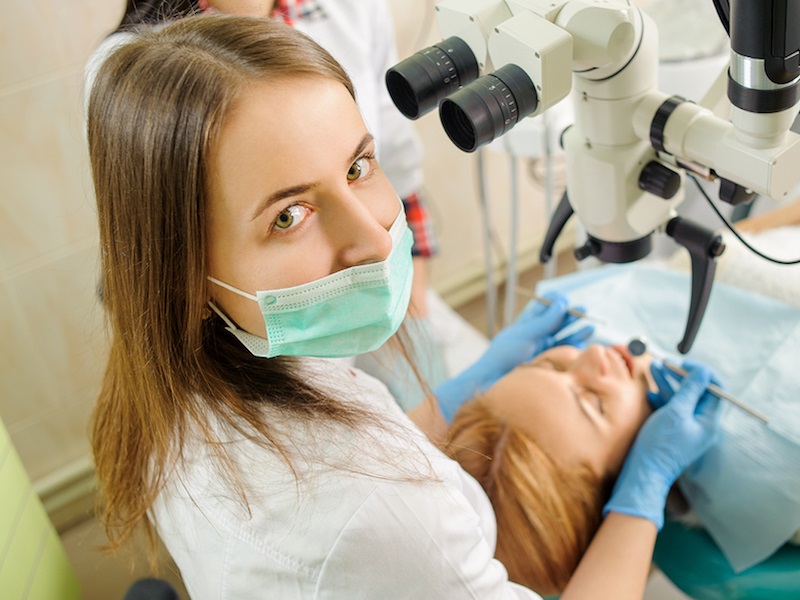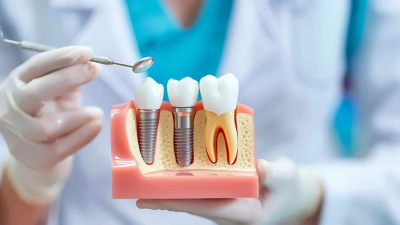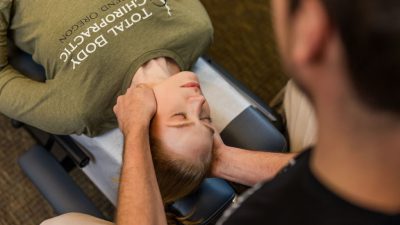INTRODUCTION:
For many years, traditional braces, whether metal, ceramic, or acrylic, have been the go-to solution for straightening teeth. You might even remember having them as a teen. But nowadays, braces aren’t the only route to achieving a straighter and healthier smile.
1. CLASSIC BRACES: TRIED AND TRUSTED:
Traditional braces remain a powerful tool for correcting complex bite issues, such as overbites, underbites, crossbites, open bites, and misaligned or spaced teeth. Despite the availability of modern alternatives, braces are sometimes the most reliable choice, especially for children or teens whose compliance may be uncertain.
However, they do come with downsides: the brackets and wires can irritate your cheeks or tongue, and cleaning around them can be a challenge. That’s why many people turn to alternatives like Invisalign NYC, which offers a more comfortable and removable option. Things like food and plaque tend to get stuck, and flossing becomes tricky, so adding tools like water flossers to your routine can be helpful.
2. INVISALIGN®: DISCREET AND COMFORTABLE:
Invisalign has become popular for people who require an unnoticeable straightening solution. Its clear aligners are custom-made from Smart Track material, offering a smooth and comfortable fit without the irritation associated with braces.
Even complex issues, like twisted or partially erupted teeth, can now be treated with the help of tooth-coloured Smart Force attachments. One of the coolest features is the digital planning: after digital scans, you’ll see a preview of your future smile before even wearing the first aligner. Plus, virtual check-ins help save on office visits.
3. VENEERS: A COSMETIC SHORTCUT:
If your teeth are mostly aligned but you’re unhappy with shape, spacing, or discoloration, veneers offer a fast, aesthetic fix. These are custom-made caps that create a flawless smile, perfect for closing gaps, hiding crookedness, masking stains, or even altering tooth length to build an ideal line.
Remember, veneers aren’t a solution for functional bite issues. They’re purely cosmetic and require reshaping your natural teeth, like removing enamel, so they’ll always be needed once applied. On the bright side, they’re highly stain-resistant.
4. MAKING THE RIGHT CHOICE FOR YOUR SMILE:
Whether you have bite concerns or prefer a quick cosmetic lift, the best approach depends on your unique situation. Factors like the complexity of your alignment, lifestyle preferences, commitment level, and aesthetic goals all play a role.
CONCLUSION:
Traditional braces are often the best choice for addressing complex bite problems, offering reliable results but with the trade-offs of being highly visible, sometimes causing irritation, and requiring extra care to maintain oral hygiene. Invisalign is ideal for those who prefer a discreet and comfortable solution for mild to moderate alignment issues, though it does require wearing the aligners for most of the day and following a precise, digitally planned treatment. Veneers, on the other hand, are purely cosmetic, perfect for improving the appearance of teeth with gaps, stains, or minor crookedness, but they involve permanent alteration of the natural teeth and do not correct bite function.













Comments